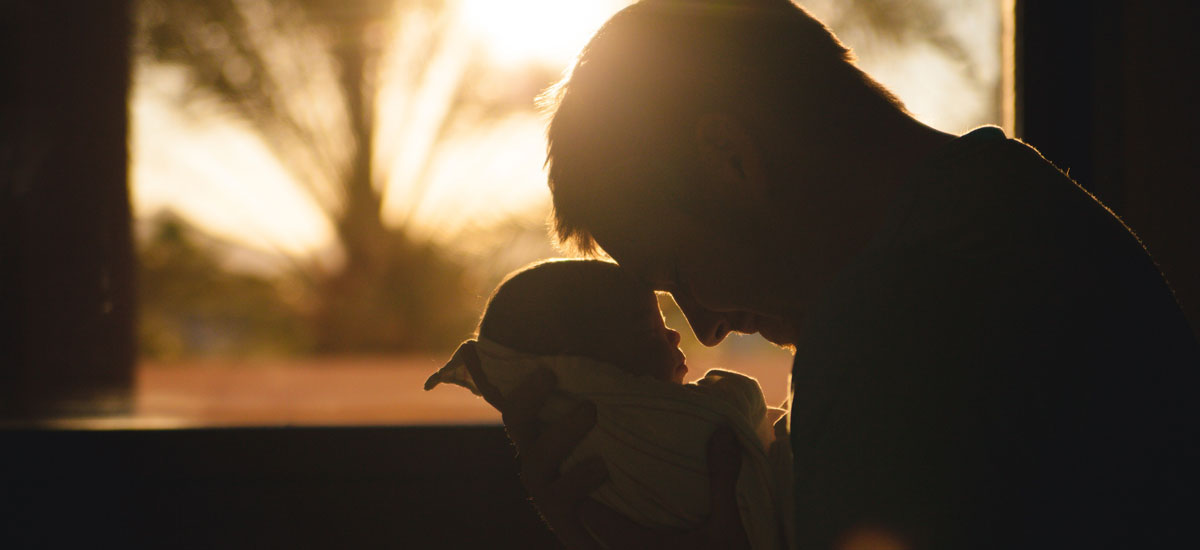This post is also available in:
Español (Spanish)
Français (French)
What is neonatal cholestasis?
Neonatal cholestasis is a condition in infants where bile flow from the liver is disrupted. Bile is a dark-green to yellowish-brown fluid made by liver cells. Bile flows from the liver into bile ducts and into the intestine to help digestion. Bile also is stored in the gallbladder.
Cholestasis occurs either when there is liver disease or when bile flow from the liver into the intestine is blocked. When cholestasis happens at birth or shortly after birth, it is called neonatal cholestasis.
What causes cholestasis?
Cholestasis can be caused by many conditions, including infections and different disorders (including anatomic, genetic, metabolic, and immune disorders). Cholestasis can also be caused by drugs and toxins. Sometimes, however, the cause of the cholestasis is unknown.
In an infant, many conditions can cause neonatal cholestasis. One of the most common is biliary atresia, in which the bile ducts (which transport bile from the liver into the intestine) do not form correctly or become damaged. Other conditions that can cause neonatal cholestasis include infections (such as cytomegalovirus) or inherited conditions (such as progressive familial intrahepatic cholestasis, Alagille syndrome, cystic fibrosis, and alpha 1 antitrypsin deficiency).
Your child’s doctor will conduct testing to determine the cause of neonatal cholestasis.
What are some of the consequences of neonatal cholestasis?
The liver is important for removing toxic substances from the body. The liver also makes proteins such as albumin and clotting factors that are essential for life. Bile also is important in nutrition by helping absorb fat and fat-soluble vitamins.
Children with cholestasis may have difficulty digesting food, resulting in malnutrition.
In severe cases, cholestasis may eventually cause scarring of the liver (called cirrhosis) and require a liver transplant.
What are the symptoms of neonatal cholestasis?
Yellow skin and eyes, which is called jaundice, are often one of the first signs of cholestasis. Although most newborn jaundice is not caused by liver disease, liver disease must be considered as a potential underlying cause of jaundice.
Later symptoms of cholestasis include fatigue, poor feeding, difficulty gaining weight, and itchiness. With advanced liver disease, an infant may have a swollen abdomen and excessive bruising or bleeding.
Things to watch for in a newborn:
- Jaundice in addition to dark-colored urine or light/pale-colored stools.
- Jaundice with other abnormalities of the body, including in the heart, spleen, skin, eyes, and skeleton.
How do doctors evaluate neonatal cholestasis?
If your child is experiencing symptoms, a pediatric gastroenterologist will evaluate your child. Your doctor may ask for blood and urine samples during the evaluation. Liver ultrasound is often required to look for problems with the liver and gallbladder.
In some patients, a liver biopsy is required for a diagnosis. A liver biopsy consists of removing a small piece of the liver with a small needle while your child is under anesthesia.
What is the treatment for neonatal cholestasis?
Your child may be prescribed special formulas, vitamin supplements, or specific medications depending on the precise problem. In many infants with cholestasis, formulas with a lower fat content are prescribed because they cause less diarrhea.
High doses of certain vitamins (usually vitamins A, D, E, and K, also known as fat-soluble vitamins) are prescribed because patients with cholestasis have trouble absorbing these vitamins.
If infants develop itchiness, different medications (such as rifampin, anti-histamines, and ursodeoxycholic acid) may be used. In some infants, the disease progresses and causes scarring of the liver (called cirrhosis), which could require a liver transplant.
What is the prognosis for neonatal cholestasis?
The treatment and outcome of neonatal cholestasis varies depending upon the underlying cause. In some patients, the condition improves over time, while in others the condition can worsen. Once your doctor has completed the necessary testing, a treatment plan and prognosis will be discussed in more detail.
Research:
- The Childhood Liver Disease REsearch Network (ChiLDReN): A team of doctors, nurses, research coordinators, and patient support organizations working together to improve the lives of children and families dealing with rare liver diseases. One of the main goals of the Network is to provide a way for patients to join with doctors and researchers by participating in research studies. For more information on clinical trials, visit: https://childrennetwork.org/Clinical-Studies
- Clinical Trials: Information on current clinical trials related to ‘neonatal cholestasis’ are posted on the Internet at https://www.clinicaltrials.gov/ct2/results?cond=Neonatal+Cholestasis&term=&cntry=&state=&city=&dist=. All studies receiving U.S. government funding, and some supported by private industry, are posted.
Resources:
- National Organization for Rare Diseases (NORD): https://rarediseases.org/rare-diseases/idiopathic-neonatal-hepatitis/
Authors: Amrita Narang, MD Dieudonne Nonga, MD Maricruz Crespo, MD
Editor: Athos Bousvaros, MD
October 2021
This post is also available in:
Español (Spanish)
Français (French)






